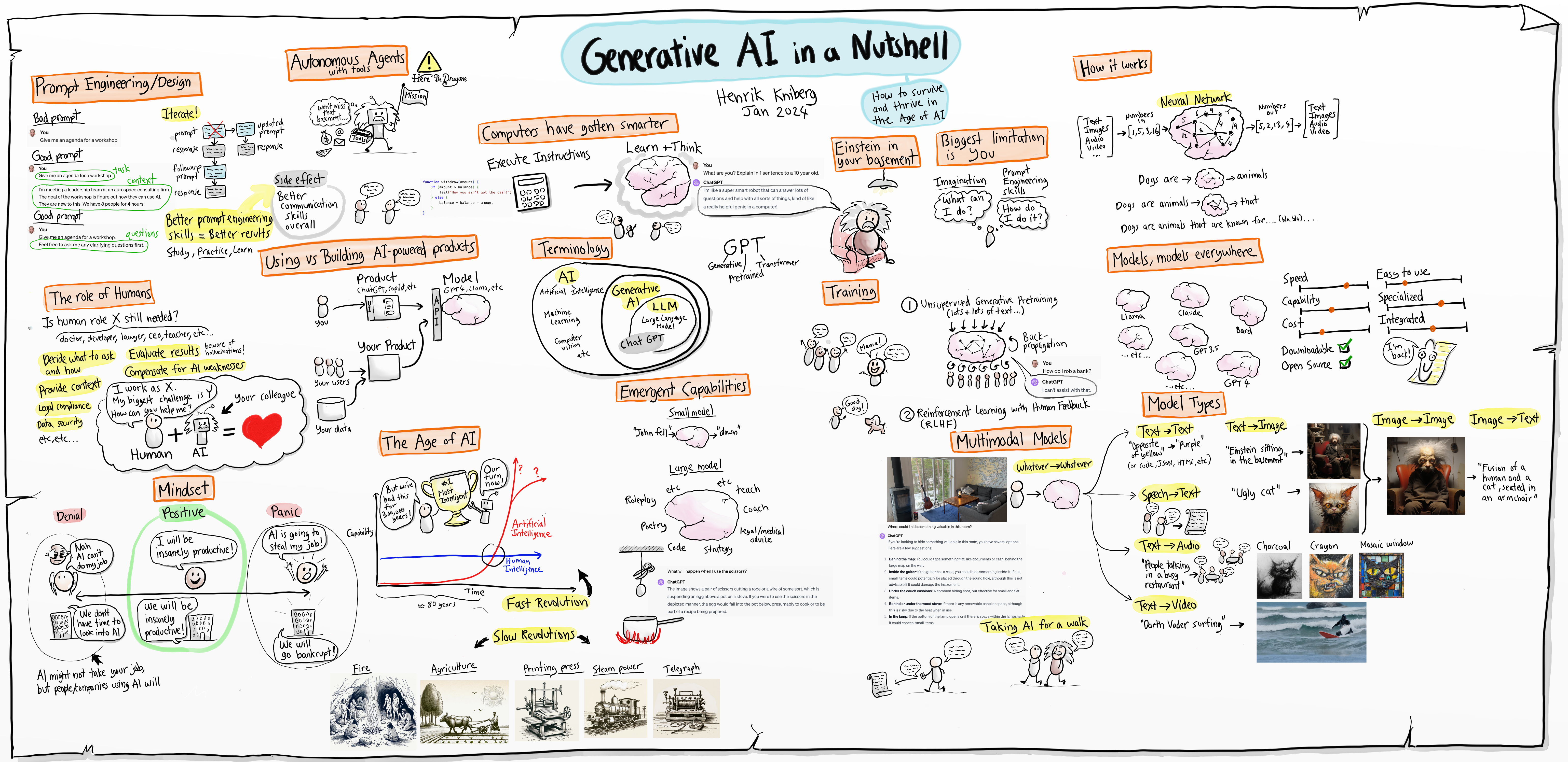sketch



resource links
Low-Rank Adaptation (LoRA): Efficient Adaptation of Pre-trained Language Models
Summary: LoRA addresses the challenge of adapting large pre-trained language models, such as GPT-3 175B, to specific tasks or domains without the need for full fine-tuning, which can be prohibitively expensive. By freezing the pre-trained model weights and introducing trainable rank decomposition matrices into each layer of the Transformer architecture, LoRA significantly reduces the number of trainable parameters for downstream tasks.
Key Points:
- LoRA freezes pre-trained model weights and introduces trainable rank decomposition matrices to reduce the number of trainable parameters.
- Compared to full fine-tuning, LoRA reduces the number of trainable parameters by 10,000 times and GPU memory requirement by 3 times.
- Despite having fewer trainable parameters, LoRA achieves comparable or better model quality than fine-tuning on various language models such as RoBERTa, DeBERTa, GPT-2, and GPT-3.
- LoRA demonstrates higher training throughput and imposes no additional inference latency compared to adapter-based approaches.
- An empirical investigation into rank-deficiency in language model adaptation supports the efficacy of LoRA.
- The authors provide a package for integrating LoRA with PyTorch models and release implementations and model checkpoints for RoBERTa, DeBERTa, and GPT-2.
Keywords: Natural Language Processing, Pre-trained Language Models, Low-Rank Adaptation, Transformer Architecture, Fine-tuning, Model Efficiency, PyTorch.